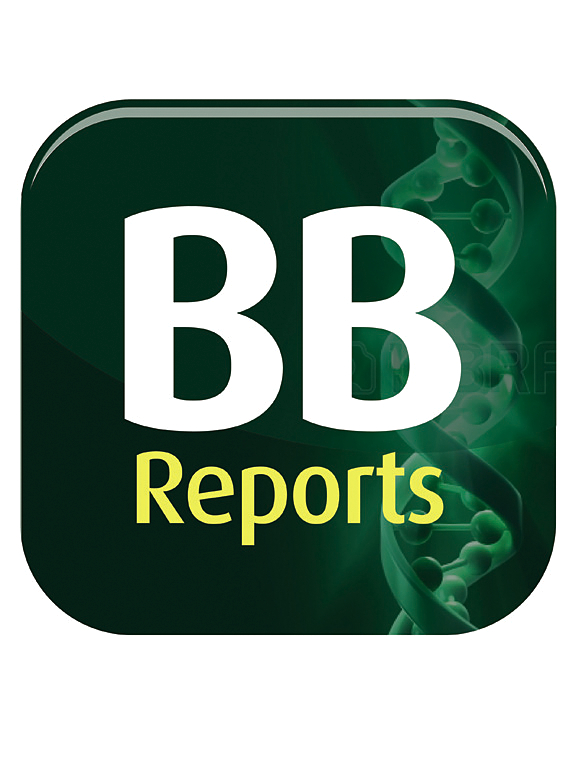In silico studies to understand the interactions of flavonoid inhibitor with nsp12-RNA dependent RNA polymerase of SARS-CoV-2 and its homologs
IF 2.3
Q3 BIOCHEMISTRY & MOLECULAR BIOLOGY
引用次数: 0
Abstract
Aim
COVID 19 continues to be a major health concern. RNA dependent RNA polymerase of SARS-CoV-2 which is crucial for replication is therefore a potential drug target.
Methodology
Based on experimental structures of RdRp from SARS-CoV-2, computational models were generated of its homologs from SARS-CoV-1, MERS and Bat. SARS CoV-2 RdRp was used for virtual screening at nucleotide binding site with molecule from COCONUT Natural Products database using Glide. Complexes with the top inhibitor molecule were modelled using Discovery Studio and Desmond suite of programs.
Results
SARS-CoV-2 RdRp has a minimum of 80 % sequence similarity with its homologs, with the secondary structural elements, catalytic residues and metal binding residues being conserved. Certain residue variations in SARS-CoV-2 RdRp seems to be responsible for the stability of the enzyme. Docking and simulation studies showed that a flavonoid molecule with Coconut ID: CNP0127177.0 (HHF318) has binding affinity in low nano-molar range against RdRp from SARS-CoV-2 which was comparable or better than currently used inhibitors. This affinity stems from cationic-π with Arg555, and π-stacking interactions with a nucleobase of RNA. Molecule also engages with other residues that are crucial for its functions. This flavonoid molecule has similar physio-chemical properties like ATP towards SARS-CoV-2 RdRp, and has low potency for human ATP binding proteins.
Conclusion
HHF318 is a potential inhibitor of SARS-CoV-2 RdRp with good potency, specificity and pharmacokinetic properties for it to be developed as a drug candidate for COVID19.
求助全文
约1分钟内获得全文
求助全文
来源期刊

Biochemistry and Biophysics Reports
Biochemistry, Genetics and Molecular Biology-Biophysics
CiteScore
4.60
自引率
0.00%
发文量
191
审稿时长
59 days
期刊介绍:
Open access, online only, peer-reviewed international journal in the Life Sciences, established in 2014 Biochemistry and Biophysics Reports (BB Reports) publishes original research in all aspects of Biochemistry, Biophysics and related areas like Molecular and Cell Biology. BB Reports welcomes solid though more preliminary, descriptive and small scale results if they have the potential to stimulate and/or contribute to future research, leading to new insights or hypothesis. Primary criteria for acceptance is that the work is original, scientifically and technically sound and provides valuable knowledge to life sciences research. We strongly believe all results deserve to be published and documented for the advancement of science. BB Reports specifically appreciates receiving reports on: Negative results, Replication studies, Reanalysis of previous datasets.
 求助内容:
求助内容: 应助结果提醒方式:
应助结果提醒方式:


